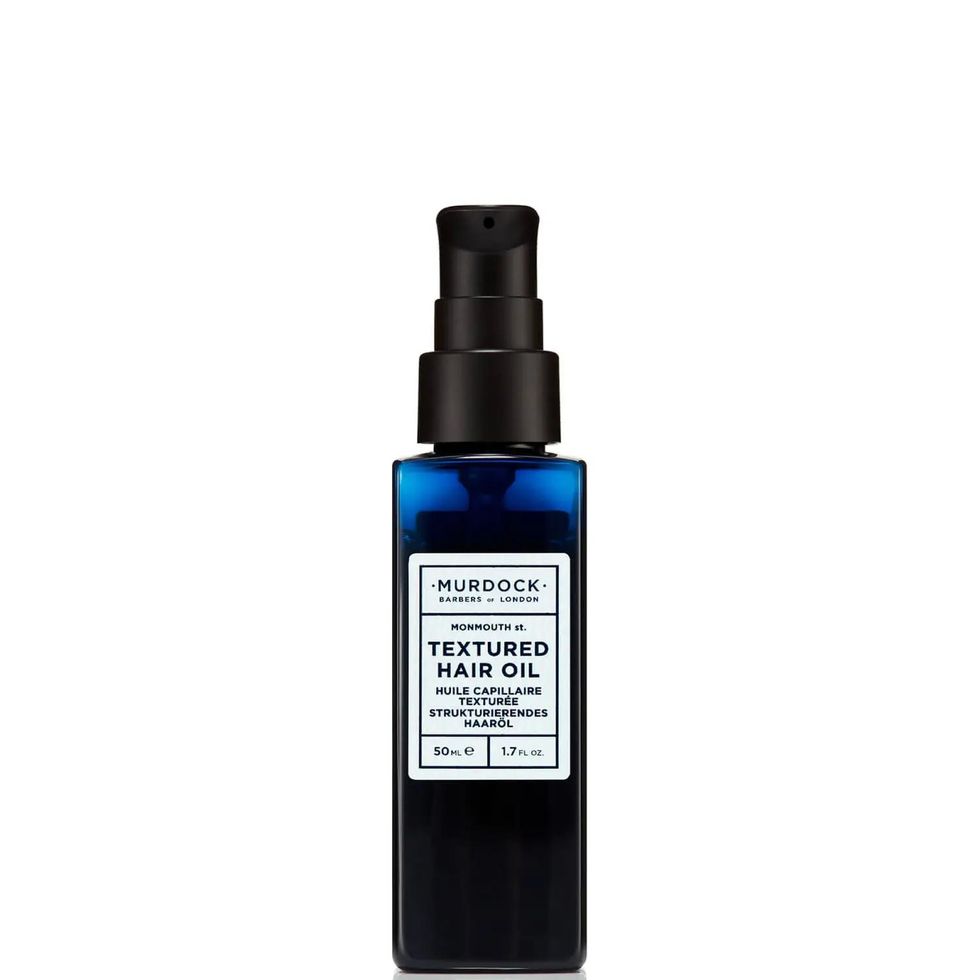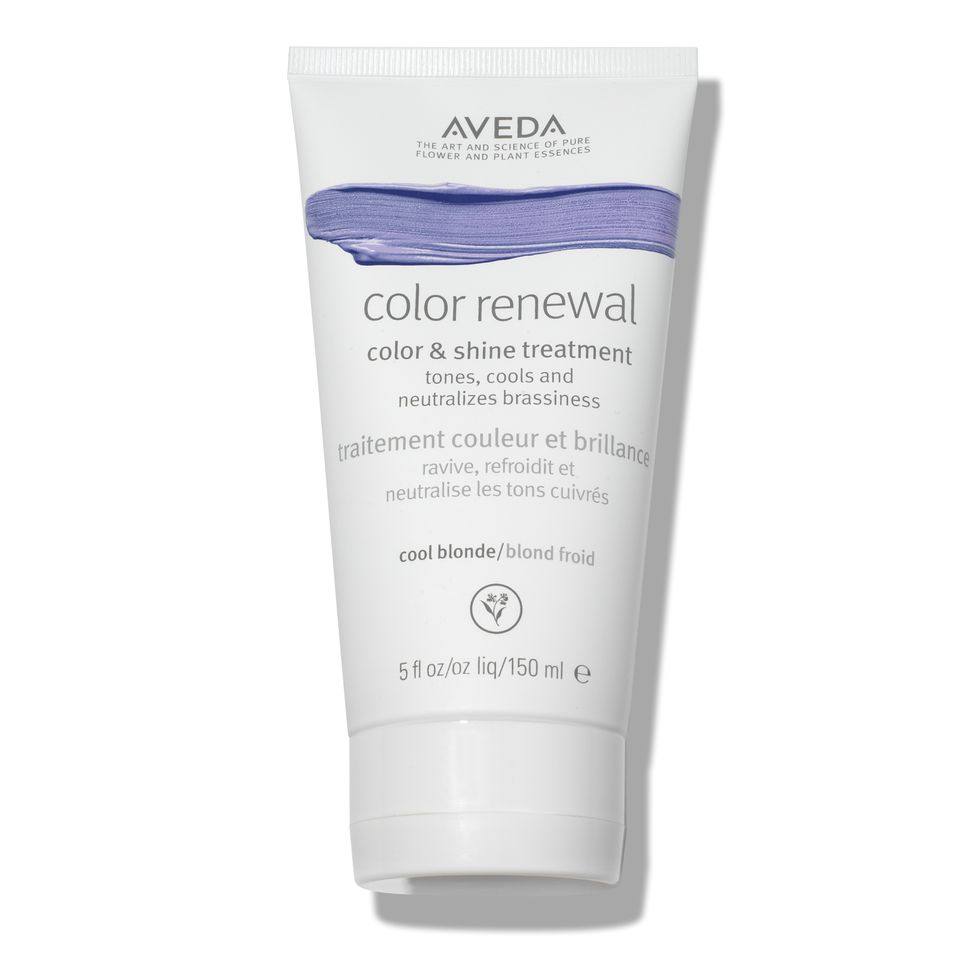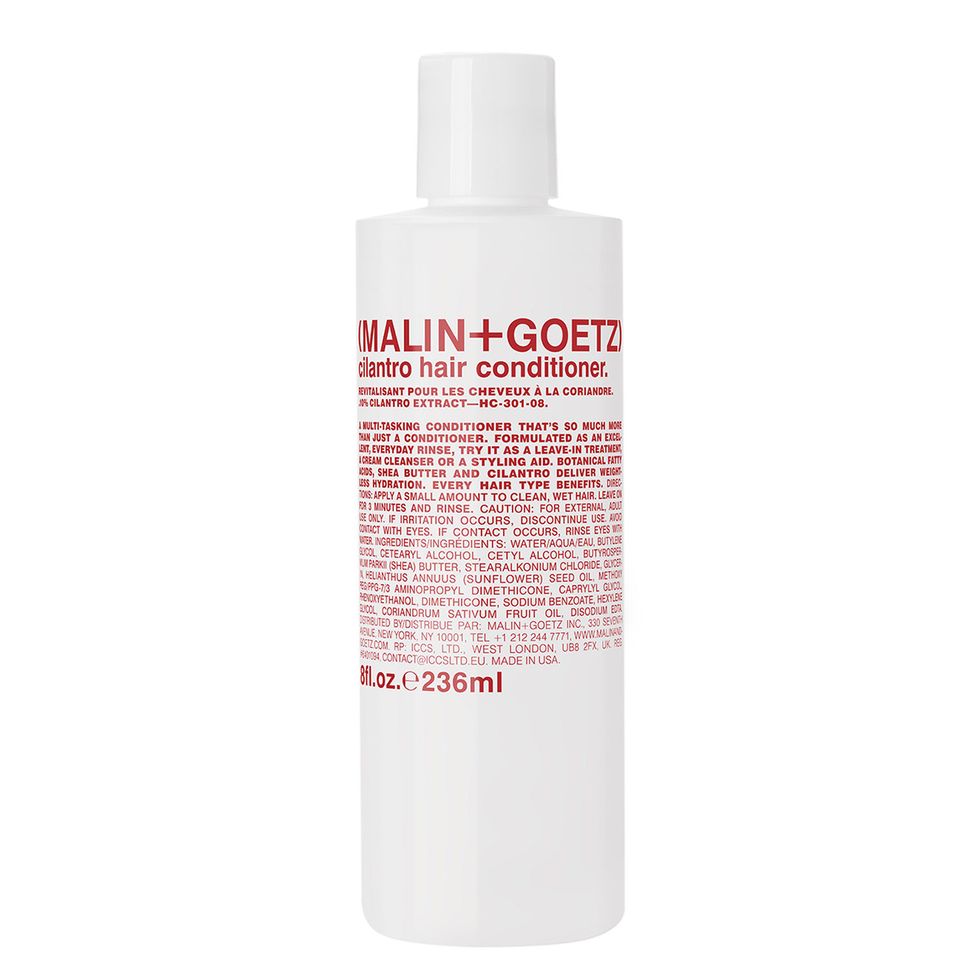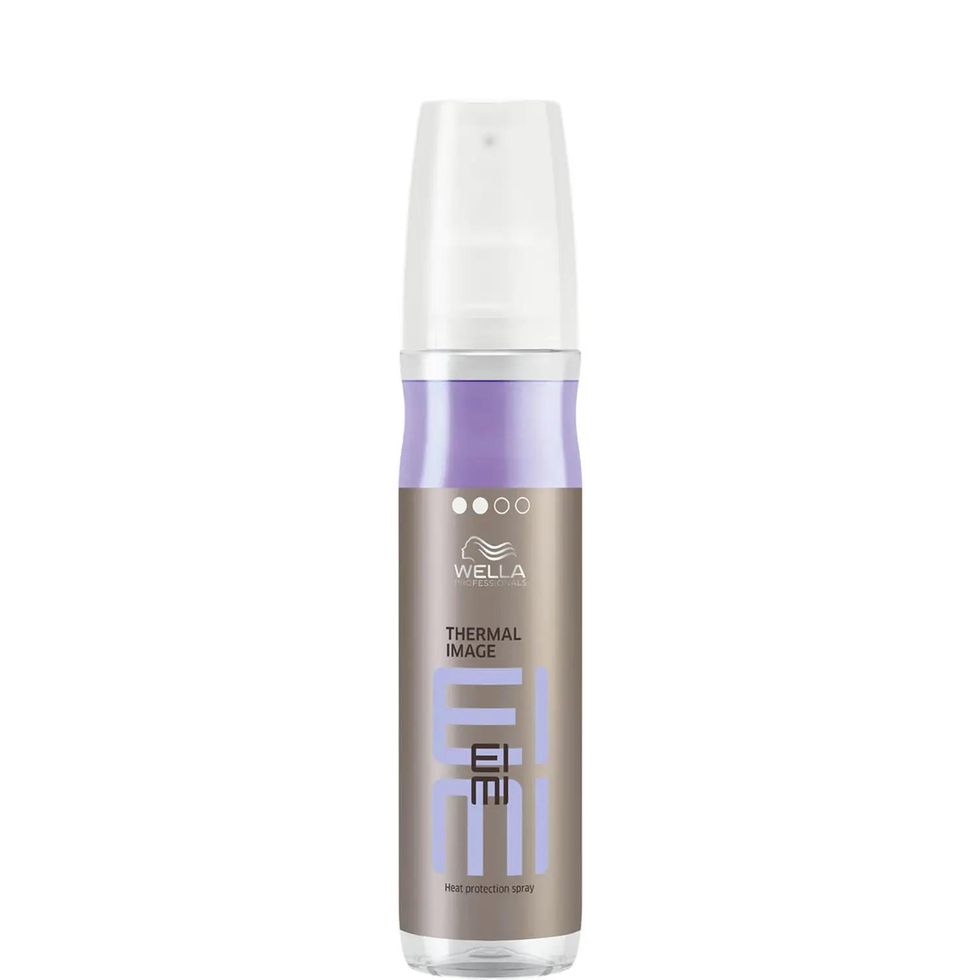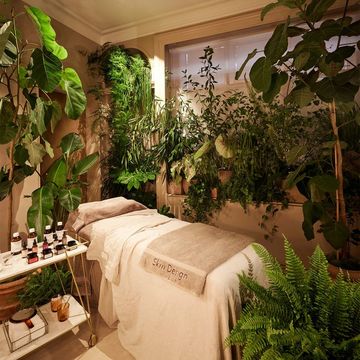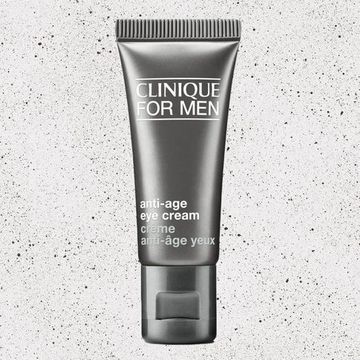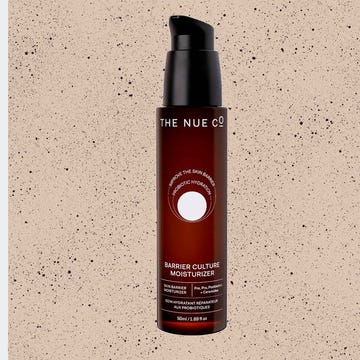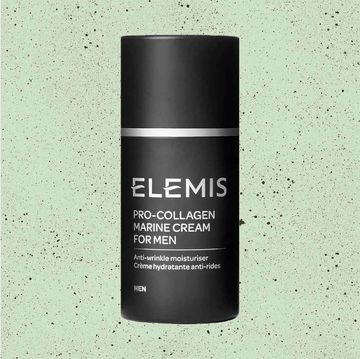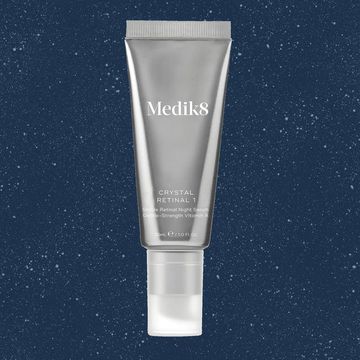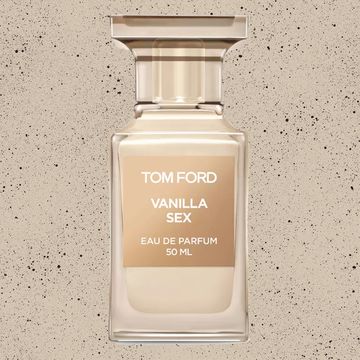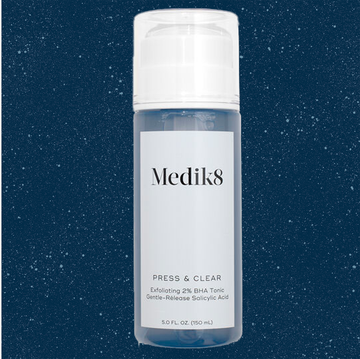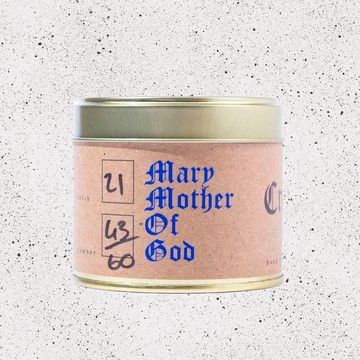Whether you've discovered some silvery strands or have long since surrendered to a hostile takeover, the process of going grey should not be the source of any existential dread or mid-life panic. It is time, finally, to do away with dye jobs and down payments on motorcycles. The truth is, grey hair has never been more in vogue than it is right now – and you need only look to the red carpet to see that famous men are embracing grey hair with pride.
At Cannes, there was Ethan Hawke, Sean Penn and Mads Mikkelsen, while at the Oscars, Seth Rogen and Oscar Isaac eschewed boxes of 'Just for Men' for some salt and pepper seasoning. Of course, the distinguished George Clooney, the Godfather of Grey Hair, has been sporting the look for quite some time, and his influence quite possible kickstarted the movement. Still, there's work to be done. Last year, a study by L’Oreal Paris surveying 2,000 American men found that 44 per cent of participants with grey hair were self-conscious about it, with 38 per cent opting to cover it.
But making the most of your grey hair takes work, and the best way to learn to love the salt and pepper look is by educating yourself via our maintenance guide.
Why does your hair go grey?
Hair follicles are made of pigment cells that make melanin, and the more of it you have – just like in skin – the darker it’ll be. As you get older, the cells start to die and new hairs that’ll replace natural shedding will be lighter. These will be a variety of grey, silver and eventually white.
Men typically start the greying process in their mid-thirties, but this is entirely based on your individual genetics (it's far from infallible, but the age at which your dad's silvery mop appeared could act as a precursor to when yours will likely be).
Being under large amounts of stress will affect your hair, too. It can trigger telogen effluvium, which will cause it to shed three times faster than normal. Your hair will likely grow back, but the older you are, the more chance it has of transitioning to grey.
Other than colour, how does your hair change?
As the loss of pigment makes each hair follicle translucent, the texture changes too. “As a result it can feel a bit more coarse, wiry and frizzy with a mind of its own”, says Murdock London’s master barber, Joe Pomper.
“Adjusting hair care routines becomes essential to accommodating changes in texture,” says Ricmarc Dela Isla, a barber at Supply 91. “Grey hair can feel stiffer and less flexible, affecting manageability. It’s more porous, which leads to quicker moisture absorption and release. A reduced melanin count means that shine diminishes, and sun sensitivity may arise, requiring protection.”
How should your haircare routine change?
As mentioned, your locks will undergo a lot of changes that aren’t just colour related, and so you’ll likely need to add a few new products to your shower rotation. While every head of hair will go grey differently, recognisably dryer locks are common for many.
“Moisturising shampoos and conditioners will help maintain moisture and, as a result, help keep your hair manageable,” explains Dela Isla. “Mild, sulphate-free shampoos also help to prevent further dryness and regular conditioning keeps grey hair soft.” Most importantly, “minimising the use of heat styling” will do wonders, but Pomper recommends Murdock’s Textured Hair Oil to smooth locks post-shower, for any hair type. “It contains natural oils, black cumin and macadamia oil to add a bit of sheen and give your hair a smoother appearance. It softens and retains curls, as well.”
In terms of maintaining the best salt and pepper shade, it’s best to wash your thatch with a purple shampoo. The blinding violet hue will help neutralise any brassy tones that may appear (yes, you do have the added stress of your hair potentially going a bit yellow once it's gone grey). “It can add a bit of tone and life if your greys are a bit dull,” says Pomper. “Use it once a week to get rid of dullness and any yellow tones.”
New hair colour, new hair style?
Your mane has already undergone a transformation, why not push the boat out a little further by going for a new haircut? “I think you can experiment with a lot more different styles with grey hair,” shares Pomper, who encourages his greying clients to try something different. “Short, sharp clipper cuts look great with the gradient on the sides, but also longer hair looks great too”
“When selecting a haircut for grey hair, take into account your hair texture, your personal style, and the level of maintenance you desire,” says Dela Isla. “You should consult with a skilled hairstylist or barber who can recommend a haircut that complements your head shape and features, while enhancing the unique appeal of your grey hair.”
It may even effect how you see your face, says Dela Isla. “Grey hair can influence how certain facial features are highlighted, affecting your overall appearance.” But don’t be put off by the change. “You should view grey hair as a mark of individuality that sets you apart in a positive and distinctive way.”
How do I care for my grey beard?
Working with a greying beard presents some challenges too: as your skin ages it starts to produce less oil, so you'll need to keep an eye on your beard and the skin underneath to make sure it isn't drying out. Some barbers recommend doubling up on your moisturising regime – a gentle, pH-balanced beard shampoo alongside conditioner or beard oil, say – to keep beard hair strong and supple.
Grey beards tend to soak up more oil than they did when they were flushed with youth, so don't be shy with it. A thicker oil will go further than thinner ones, and a beard balm on top of that will lock in all that moisture on cold, windy winter days. Your more fragile whiskers will thank you for switching to a softer brush too, if you're a brushing your beard as regularly as you really ought to be.
The other option, of course, is to trim it all right down to a low-grade stubble in the classic Clooney style. You'll not have to worry about breakage that way, but any dry skin will be more obvious – so the moisturising regimen becomes doubly important.


